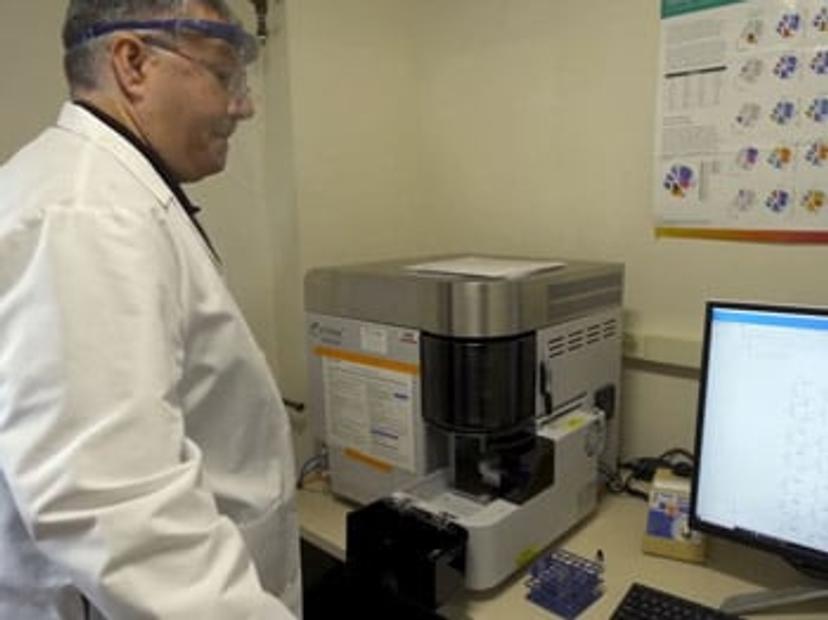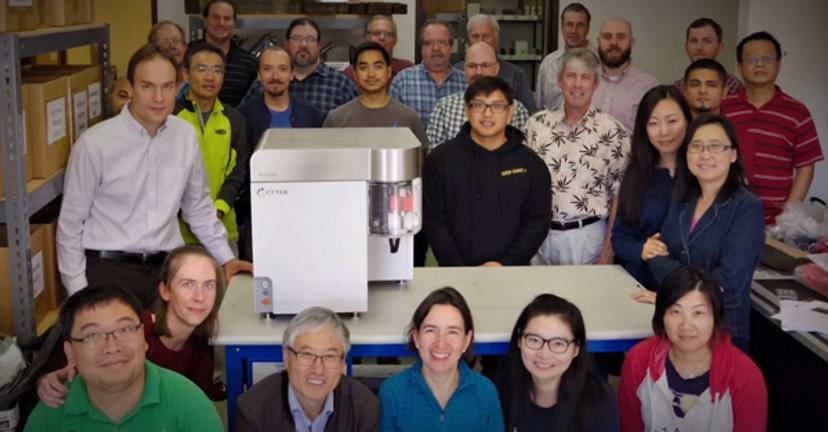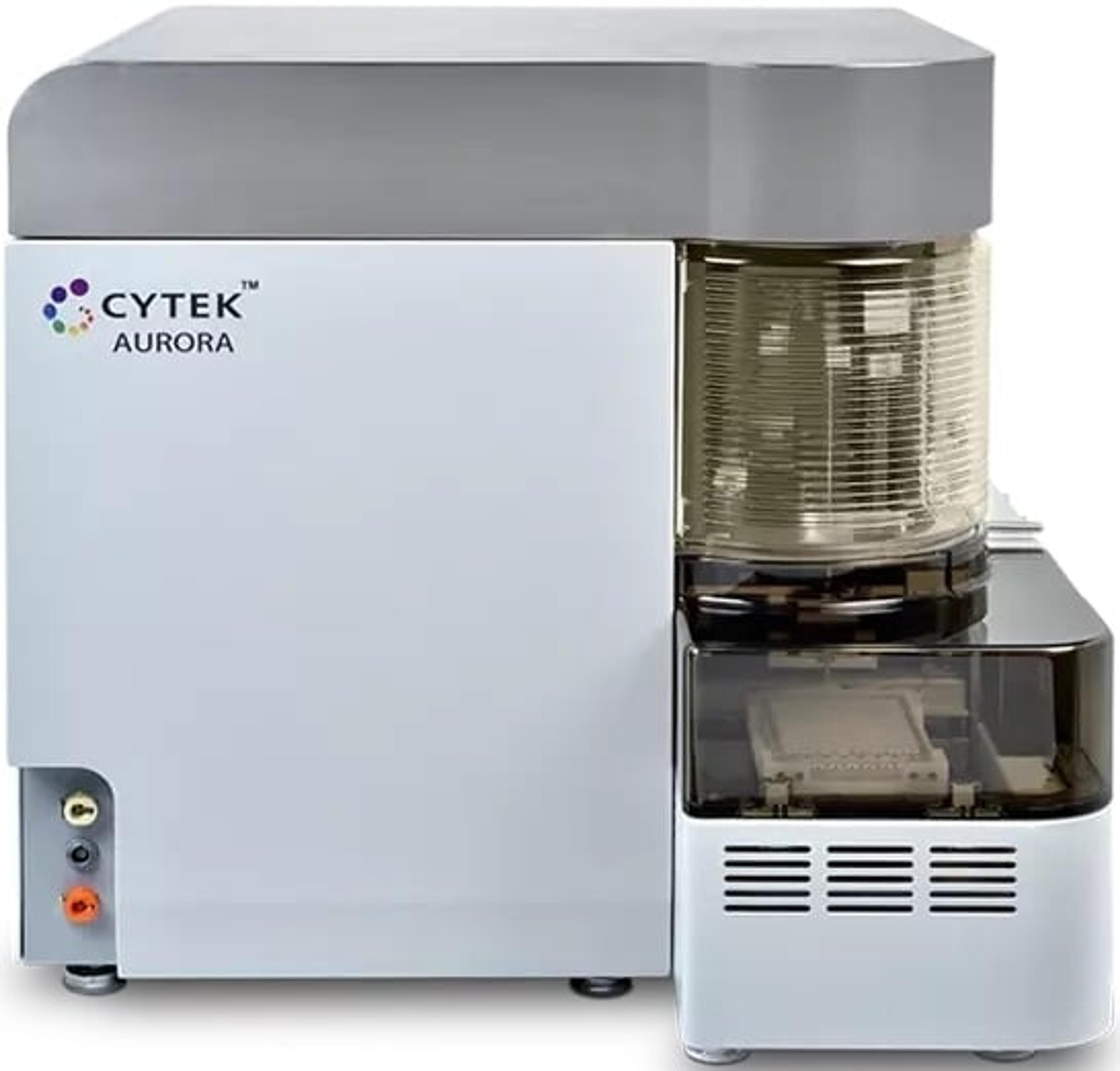Instrumentation specialist shares secrets to flow cytometry success in a shared resource lab
Discover how the Bauer Core provides high-resolution and full-spectral flow cytometry data to life sciences researchers
19 Feb 2021

Shared-resource facilities are common in many scientific institutions that provide researchers with access to expensive and specialty instrumentation and multidisciplinary expertise to optimize experiments across life sciences. Instrumentation and equipment often encompass flow cytometry, sequencing, proteomics, and small molecule mass spectrometry.
In this SelectScience interview, we speak with Jeffery Nelson, flow cytometry instrumentation specialist at a large shared-resource facility, about how he helps researchers choose the best technologies, design optimized experiments, and receive hands-on training for enhanced flow cytometry across multiple downstream applications. Here, Nelson highlights the Cytek® Aurora spectral analyzer as a key technology for researcher success*.
Who do you support at the flow core and what research questions are you helping answer?
JN: We see a wide variety of researchers and research projects from various departments. We service close to 80-100 labs with approximately 400 users and can see 20 to 25 users in an average day.
In the flow cytometry facility, we see a lot of researchers looking for underlying mechanisms and/or solutions to numerous diseases, including diabetes, epilepsy, neuronal regeneration, and vaccine studies, to name a few. We also see researchers from different fields of science applying flow cytometry to their experiments. One such project involved a group from the physics department applying flow cytometry to monitor their efficiency in a project that involved delivering various functional cargo to a cell using laser-activated nano-thermal structures.
Why would users choose to run their application on the Cytek® Aurora?
JN: Throughout my entire career, I’ve been excited about advances in flow cytometry technology that can better help researchers with their multi-parametric needs. Occasionally an extra laser is added to an instrument, which might help researchers gain a couple of extra parameters. But the Aurora has changed the field of flow cytometry and users often choose the Aurora to obtain accurate high-sensitivity single-cell data.
The Aurora has also greatly advanced researchers’ multi-parametric capabilities. The Aurora can accommodate any fluor excited by the onboard lasers with no need to specially configure the collection optics. This means researchers can use more fluorochromes and fluorescent proteins together, even ones that share similar peak emission. Not only that, but we have researchers moving from traditional cytometers, where they would take all morning to set up a 20-25 color experiment, to the Aurora where they are all set up in a fraction of the time.
Another nice feature is that the Aurora can extract auto-fluorescence background which can be helpful if you have a high background auto-fluorescence, especially in drug study experiments where the drug can cause an increased auto-fluorescent background in many channels on a traditional flow cytometer.
Also, the volumetric capabilities of the Aurora allow instant population concentration data compared to using expensive counting beads and then needing to calculate concentrations for each sample, which is really time-consuming.

How do you train new users to use your flow cytometry instrumentation, including the Aurora?
JN: Our flow cytometry core facility has an extensive training program for new users prior to using any instrument. Every new user must take our ‘Intro to Flow Cytometry’ webinar that covers basic flow theory, experimental design considerations, protocol development, and explains the components and systems of a traditional flow cytometer, so that the instrument isn’t just a mysterious black box. Then we have an ‘Aurora Spectral Analyzer’ webinar that specifically goes over all the Aurora components, panel design, and protocol optimization, followed by a one-hour hands-on training session.
The Aurora software is intuitive and robust. It is similar in layout to other popular software but way easier to use — you don’t have to click through several very specific menus to find things. Also, after participating in the ‘Intro to Flow Cytometry’ and ‘Aurora Spectral Analyzer’ webinars and receiving a brief demo of the instrument, generally, a new user with very limited previous flow experience can easily navigate the Spectroflo® software with little guided direction.
What advice would you offer to someone looking to purchase flow cytometry instrumentation?
JN: I would recommend investing time in developing a great training program, so users can maximize the use of the instrument in their research. If you are a small company and don’t have the capability in-house, find a local core facility that might have a training program that you can join or hire a local professional that can help you get started. Also, if needed, take advantage of the awesome technical support that Cytek offers.
I greatly appreciate the Cytek company culture and love working with Cytek for a wide range of services, including occasional assistance with researcher panel design optimization, service contracts, and instrument repairs. I feel good seeing Cytek hire top professionals in the field of flow cytometry and have only had great experiences with every aspect of the company.
What do you see for the future of flow cytometry and what impacts will this have on research?
JN: The high-resolution, full-spectral data that the Aurora provides has made large panel design easy. This advanced technology has the potential to open the door for new assay and fluorophore development, which makes it a an exciting time in the field of flow cytometry. I am excited to see a software upgrade that would allow the plate loader to accommodate more plate sizes, and I can’t wait for new fluors to be developed specifically for a spectral cytometer.
Top 3 qualities for flow cytometry success
To enable researchers to discover new biological insights and improve their workflows, Jeff Nelson highlights the top qualities he looks for in a manufacturer.
1. Quality engineering: I appreciate the engineering and thought that goes into developing high-quality flow cytometry instrumentation and look for manufacturers that ensure every system is nicely optimized. The stable fluidics system, the flat-top beam shape for the lasers, and the highly sensitive Avalanche Photo Diode detectors of the Aurora enable high-parameter, high-resolution, full-spectral data, which is changing the way we can help our researchers.
2. Dedicated support: I greatly appreciate that companies like Cytek are hiring talented people in the field, while many other companies are cutting back on staff and services.
3. Durability and easy maintenance: Finally, I especially appreciate modularity and attention to durability in our chosen flow cytometry instrumentation, as this aids maintenance and repair. Cytek recently upgraded to using stainless steel connectors which greatly helps maintain the reliability of the fluidics system. I’ve seen other instruments on the market that use cheap brittle plastic connectors, which can be problematic.
*The views and opinions expressed in this article are solely Jeff Nelson’s and do not represent the views or opinions of his employer.

